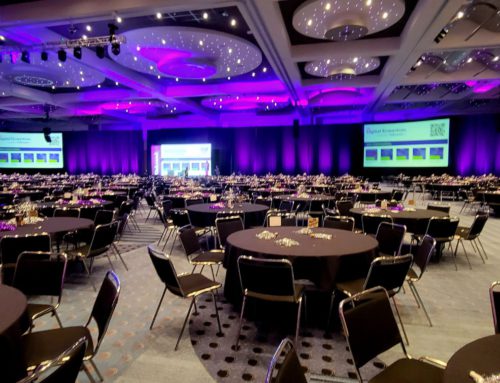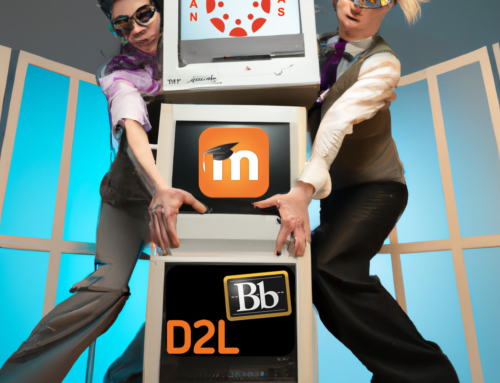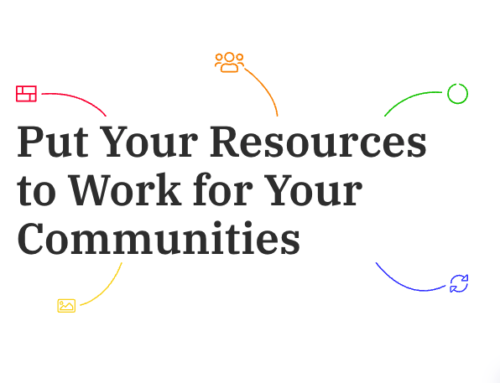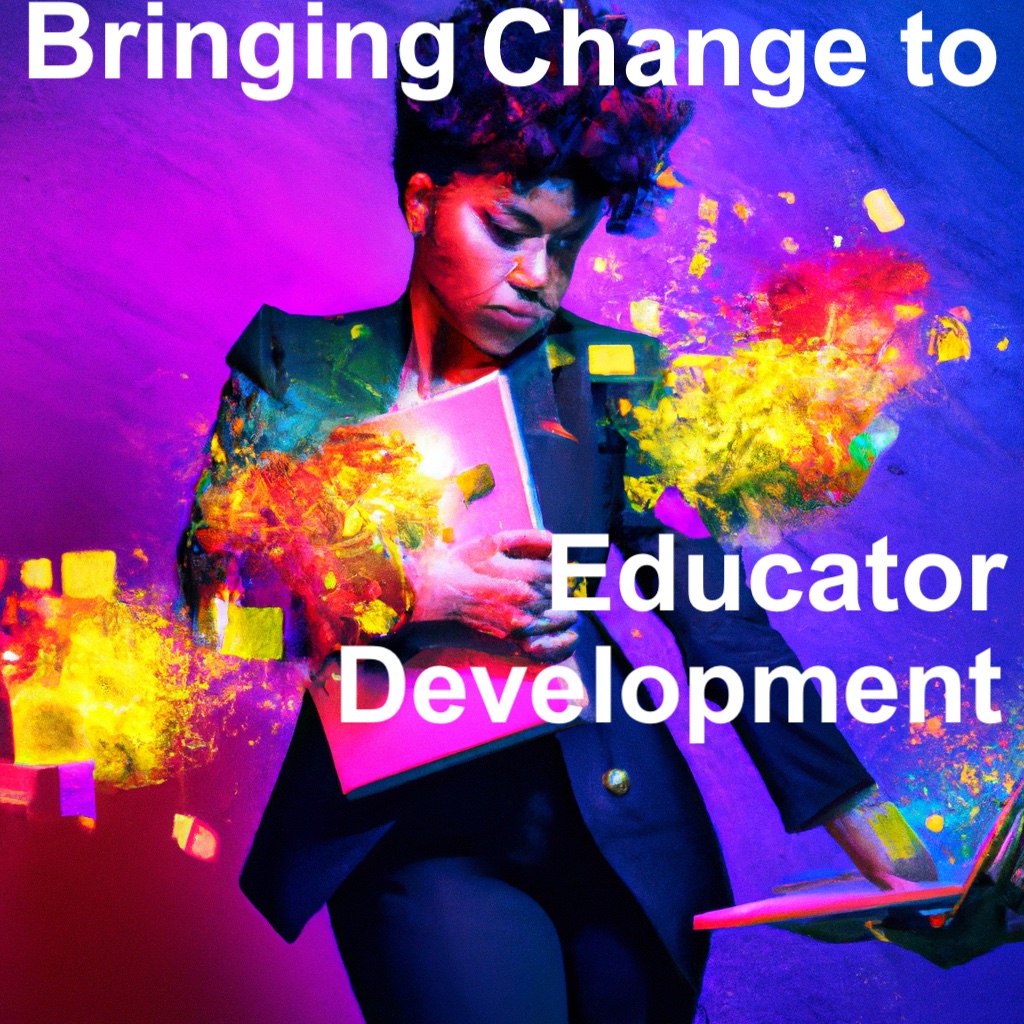 It has been said that in order to change the future, one must trouble the present. Many of the teams we work with are in the business of engaging educators in ongoing skills development, professional growth, and adjusting instructional strategies and focus areas to address the changing demands of the classroom.
It has been said that in order to change the future, one must trouble the present. Many of the teams we work with are in the business of engaging educators in ongoing skills development, professional growth, and adjusting instructional strategies and focus areas to address the changing demands of the classroom.
For many of these teams, sizing up the challenges of helping those involved in a traditionally calcified system (the public education system), must perform a certain level of pre-work just to help ready educators for the types of discomfort that comes with examining one’s practice and electing to “boldly embrace change”.
Here are a list of various “norms”, “rules of engagement”, “professional expectations”, and “processes for success” we’ve heard professed over the years to help a group of teachers prepare to CHANGE.
- Lean into discomfort.
- Seek first to hear, second to be heard.
- Make room for the new by letting go of the old.
- Strive to be informed more than opinionated.
- Honor research over ritual.
- Commit to new possibilities without judgement.
- Don’t let yesterday’s fear stand in the way of tomorrow’s possibility.
Beyond time spent in the classroom performing their jobs as educators, teachers have very little time in which they can connect, share, reflect, and learn on their own, let along together with others performing similar work and using similar resources. Professional development time therefore is both rare and crucial. Making the most of teacher learning time is critical, and deserves thoughtful strategizing and consideration. Because of this, we began to design a more action-based professional development model that was rooted in the day to day work educators already performed naturally to prepare for their own classrooms, and was framed around how educators tend to connect and reflect on their own teaching with their peers.
While many initiatives over the years have looked to create accountability for teachers, and transparency in how they introduce and use curriculum to support students, professional development design (the very teaching of teachers) has not undergone the same levels of examination. The types of training and design models used to structure and support teachers in their own learning are largely conventions of a given team’s general thinking and personal experiences with PD from their own past. As such, it is often the case, that those who urge educators to embrace change and examine their professional practice, struggle mightily to shine a reflective light on their own work and methods when promoting these very values.
Recently, we have been taking moderate, but positive steps with a few teams in “tinkering with the design” of how their professional development looks and operates. It is thorny work, as most teams have deep history with their methods, and have garnered what many would consider a reasonable amount of success in relation to participant surveys and ongoing participation. However the professional development field is now being challenged by districts and their practitioners to evolve, change, and innovate. Deeper questions are now surfacing as some new leaders ask, “Do we know if and to what degree our teachers’ practice has changed, and if these changes persist over time? And if so, can we correlate improved practice to improved learning with various student populations across those classrooms?” District leadership teams are also calling on PD providers to differentiate themselves from the pack, and lean into modern technology to not just created digital re-structuring of older PD models, but to transform the way educators initially connect with training content and program supports and stay tethered to viable coaching and collegial exchanges beyond the initial training experience.
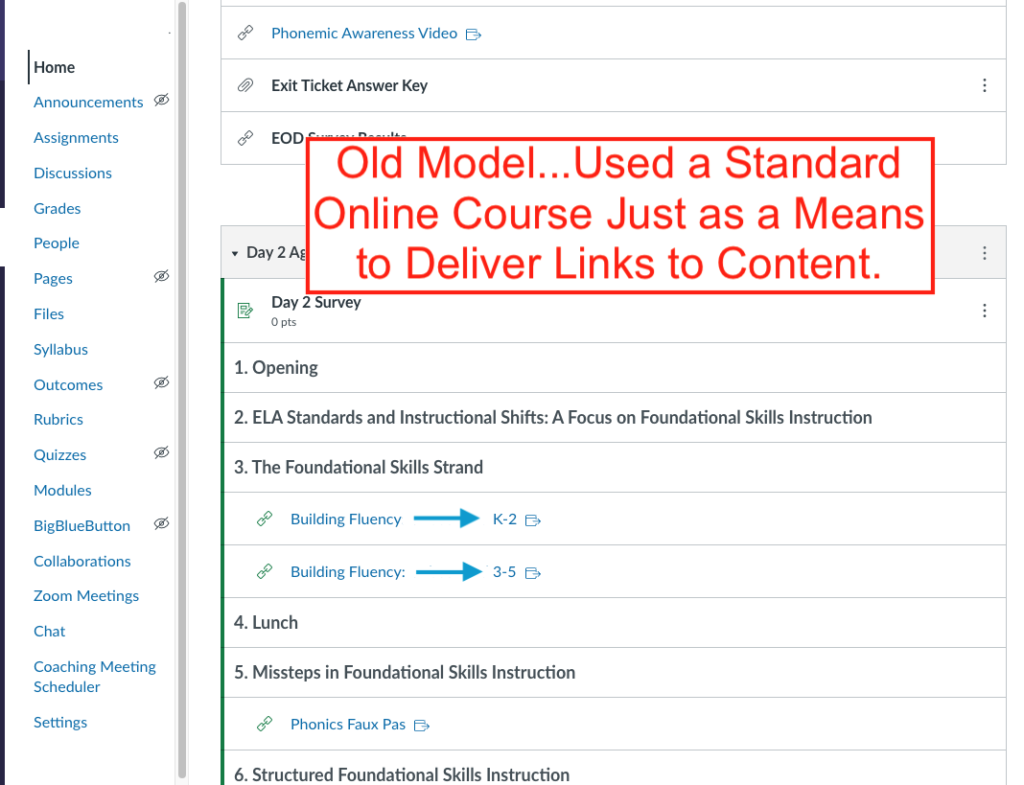
As one simple approach to these emerging challenges, we’ve advocated for the addition of sustained communities of practice as a wrap-around feature to keep educators that have experienced a common learning and professional development regimen, an opportunity to stay connected and conversing with their peers and coaches beyond the targeted training experience. Instead of using a digital environment for mere “learning content, coursework and resource” distribution, we look to cross-enable it to help build communication and professional engagement during the intensive event so that the vibrance of those exchanges and professional reflections can continue to resonate back at school sites where educators are implementing new strategies in their own classrooms.
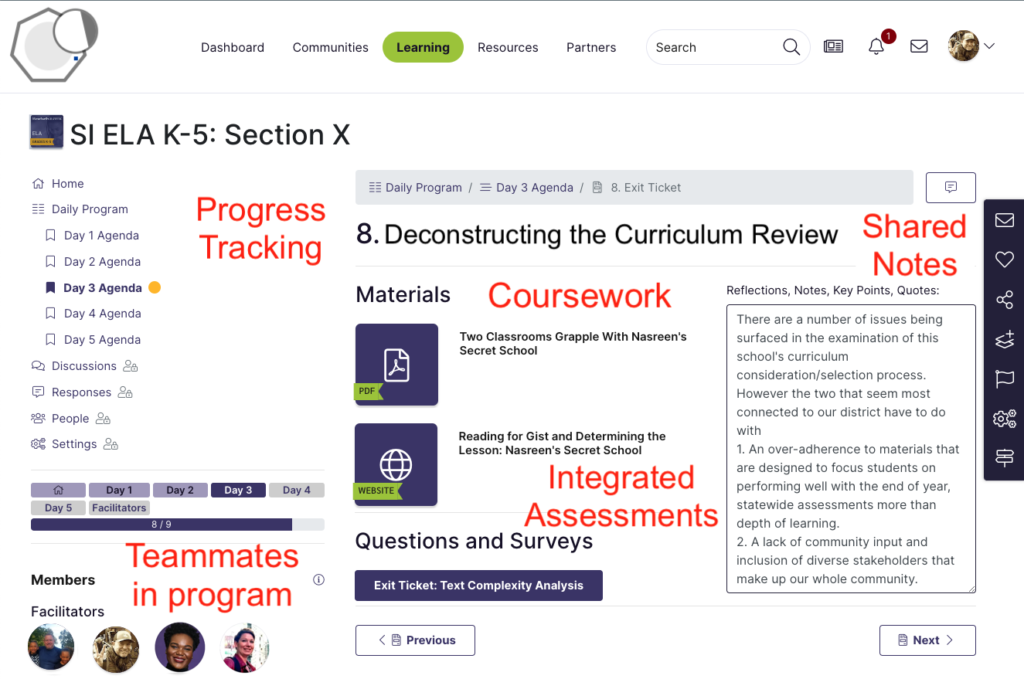
This isn’t a new model, and it is not unique to our work, but we are introducing it at larger and larger scales. It is a matter of incremental change that is supported with precise digital tools that see strong professional development as equal parts coursework, resources, collegial exchanges, and ongoing support and information networks. While teacher time will always be limited, creating more avenues for educators to stay connected with coaches and facilitators, and conversant with peers teaching in similar assignments, helps diminish the types of professional isolation that quickly dilute lots of learning and energy that occur at top level PD events.
The technology available can assist, and help manage more access to these pieces…but it will always require those who design teacher training to do their part to embrace change as well and loosen up their hold on older methodologies. Completely letting go of some of the tried and true PD elements like postering activities, and group consensus building sequences are not necessary, but looking for ways to optimize and extend them are. So while we can definitely keep one hand on our trusty spiral notebooks and color coded post-its, we should also allow our educators parallel digital environments and supports where they can annotate and save the resources they found to be powerful, foster and continue relationships with their peers, and take advantage of ongoing, extended connections to viable PD programs, guidance, and use it all when implementing these designs back in their own classrooms.
